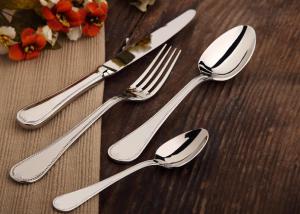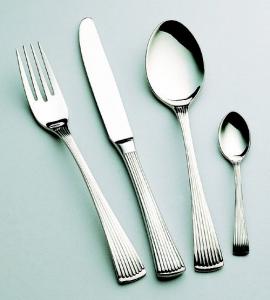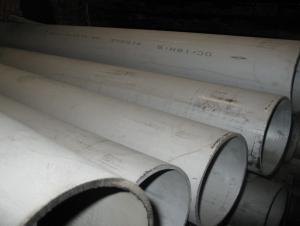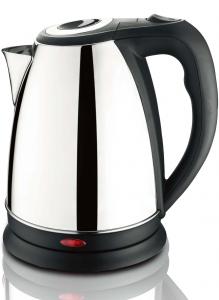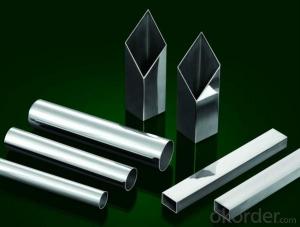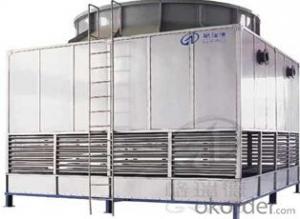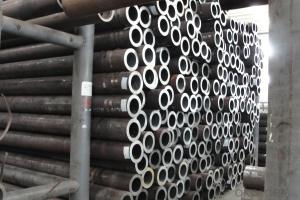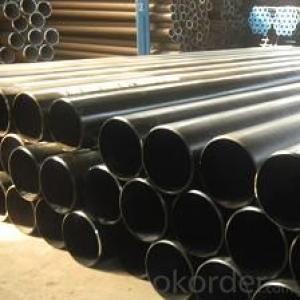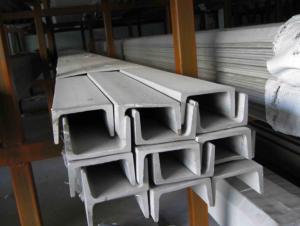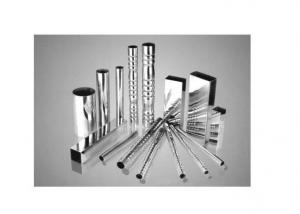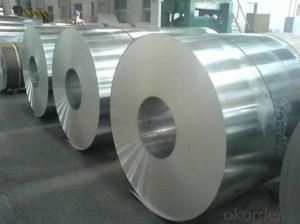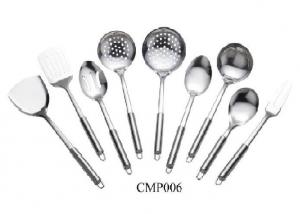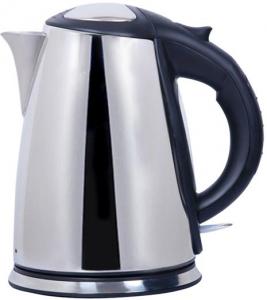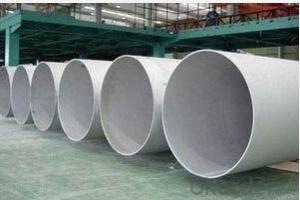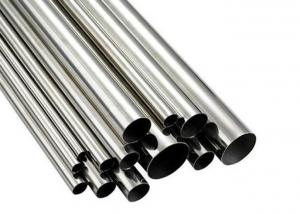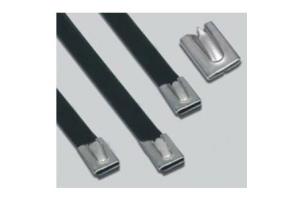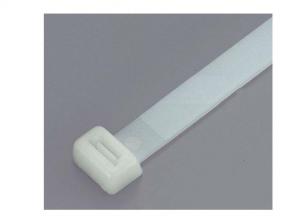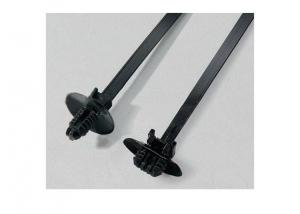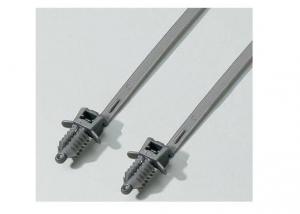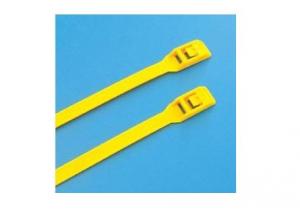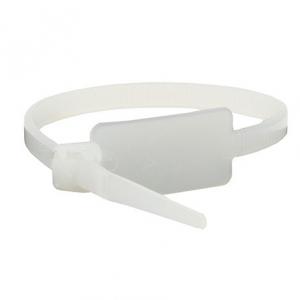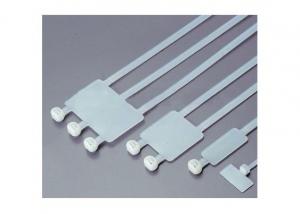Stainless Steel Hot Tubs
Stainless Steel Hot Tubs Related Searches
Stainless Steel Hot Tub Stainless Steel Tubs Stainless Steel Tub Stainless Steel Bath Tub Stainless Steel Wash Tub Stainless Steel Laundry Tub Stainless Steel Beverage Tub Stainless Steel Bathtub Stainless Steel Thermos Stainless Steel Tubes Stainless Steel Heater Stainless Steel Tanks Stainless Steel Grooming Tub Galvanized Steel Tubs Stainless Steel Toasters Stainless Steel Kitchens Heat Treating Stainless Steel Stainless Steel Tap Stainless Steel Ice Cubes Seamless Stainless Steel Tubing Stainless Steel Tubeing Stainless Steel Apliances Stainless Steel Pipes Stainless Steel Radiators Stainless Steel Pools Stainless Steel Swimming Pool Stainless Steel Counter Tops Thermos Stainless Steel Stainless Steel Coil Tubing Stainless Steel HoopsStainless Steel Hot Tubs Supplier & Manufacturer from China
Stainless Steel Hot Tubs are premium quality products designed for relaxation and enjoyment. These hot tubs are crafted from durable stainless steel materials, ensuring that they can withstand the test of time and provide a luxurious experience for users. They are equipped with advanced features such as hydrotherapy jets, LED lighting, and temperature control systems, making them an ideal choice for both residential and commercial settings.Stainless Steel Hot Tubs are widely used in various settings, including homes, hotels, resorts, and spas. They offer a perfect solution for those seeking relaxation and rejuvenation, as well as for businesses looking to enhance their customer experience. These hot tubs can be installed indoors or outdoors, and their sleek design and modern features make them a great addition to any space. Users can enjoy the therapeutic benefits of hydrotherapy, while also experiencing the comfort and convenience of a customizable hot tub experience.
Okorder.com is a leading wholesale supplier of Stainless Steel Hot Tubs, boasting a large inventory of high-quality products. With a commitment to customer satisfaction, Okorder.com offers competitive prices and reliable service, ensuring that customers receive the best possible value for their investment. By partnering with Okorder.com, businesses and individuals can access a wide range of Stainless Steel Hot Tubs to suit their specific needs and preferences.




